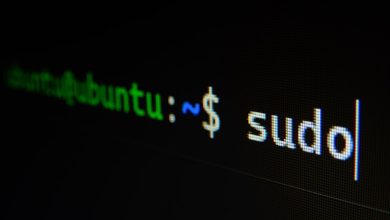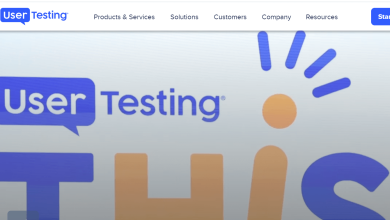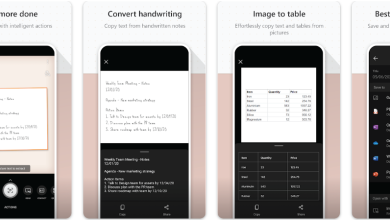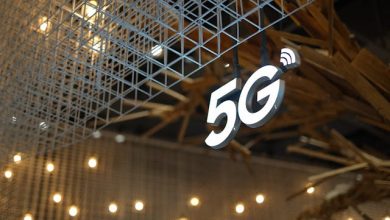The Power Of Technology in Influencer Marketing

Influencer marketing is a term that I’m sure you will be familiar with. It has quickly become one of the most popular marketing strategies for businesses. Whether you have worked with an influencer campaign or not, you will have seen them all around you.
This form of advertising is so common nowadays, with the amount of time that we spend on social media and behind screens. However, because of how natural it tends to come across, you may not have even noticed.
The scope of influencer marketing
When you first think of influencer marketing, it’s likely to jump straight to the idea of a person who has a large number of followers on social media. Generally, this is true. However, when it comes to the real driving factors behind successful influencer campaigns, we don’t necessarily think of those with the most followers. There are far more important factors to take into account, which is where artificial intelligence gives us a hand. But, more on that in a moment.
Influencer marketing is the concept of brands hiring social media creators and personalities to promote their product or brand. This year, the industry is expected to grow to be worth $13.8, with 90% of marketers saying that they have found it to be an effective marketing strategy. If your business is not on board already, then now is the time to do so.
Although it may seem pretty simple, often brands fail with their campaigns. The key to a successful campaign is thorough planning, and carefully ensuring that you are working with influencers that are perfectly aligned to the brand and their audience. So, this is where AI is important.
Where does artificial intelligence fit in?
We are all pretty accustomed to working with technology these days, and it’s easy enough to assume that searching for influencers ourselves will work just fine. However, the power of technology has enabled influencer marketing platforms to use artificial intelligence to really enhance influencer search. This is what really puts some campaigns ahead of others.
These influencer marketing platforms, like Heepsy, will use AI to understand the behaviour of influencers and their followers. This generates data for brands to analyse, looking at influencer insights such as demographics. But, what’s more important, is the data that can be given about the influencer’s audience.
When setting up a new marketing campaign, we can all agree that it’s absolutely no use if this campaign is only shown to a group of people who would be totally uninterested in your product. So, why would this be any different for influencer marketing?
Searching for the right influencer means ensuring that their followers match your brand’s target audience, so that your product is being promoted to a group of people most likely to purchase it. The metrics that you will find from an influencer marketing platform will do just that – looking at audience demographics such as age, gender, and location, as well as their interests, and how authentic these followers are.
What should be assessed?
There is a lot of data to take in, so let’s go over how these insights are important and what should be assessed in order to find influencers to create a successful campaign with.
Engagement rates
The first thing I would recommend analysing is an influencer’s engagement rates. If their engagement is noticeable though, then this is usually a red flag. Since we know that follower count isn’t the be-all and end-all, we can instead focus on engagement. The influencer may have a smaller number of followers than another, but if their engagement rate is better, then this indicates that their audience is genuinely interested in the content that they post. They will spend more time looking at their posts and interacting with them too.
Audience demographics
Next up, you’ll want to analyze the audience’s demographics, as well as their interests. This may seem a bit repetitive, but let me explain why this is so crucial. Initially, you may discover an influencer that seems like the right fit for your brand, fitting in with your target demographic. However, what you may not realise, is that their audience is actually a totally different demographic altogether. For example, a 25-year-old influencer from Spain may have an audience majorly located in South America, within the 35-45 age range. But, what if your brand doesn’t operate in South America?
So, look at the AI-driven data that displays this information about the audience, looking at their interests too. Make sure that this aligns with your target.
Audience authenticity metrics
There are many other things that an influencer marketing platform can help you with. But, our third most important to take into account is the authenticity metrics. AI will understand the behaviours of an influencer’s followers, and be able to understand whether these are suspicious or not, indicating real or fake followers.
It can be difficult to give a definite number on this, as sometimes real followers can seem suspicious. However, a percentage can give an estimation that you can base your analyses from. Below is what this would look like when using Heepsy.
Conclusion
Technology is constantly advancing and it’s incredible to see the advantage that this has provided for businesses marketing strategies. Whatever your goals and whatever your budget, it’s definitely worthwhile to check out whether an influencer marketing platform could fit in.
However, if not, then the key thing to remember here is to do your planning and to thoroughly research influencers and their audiences. Don’t necessarily believe everything you see, and do your own analysis to establish an influencer’s authenticity!




